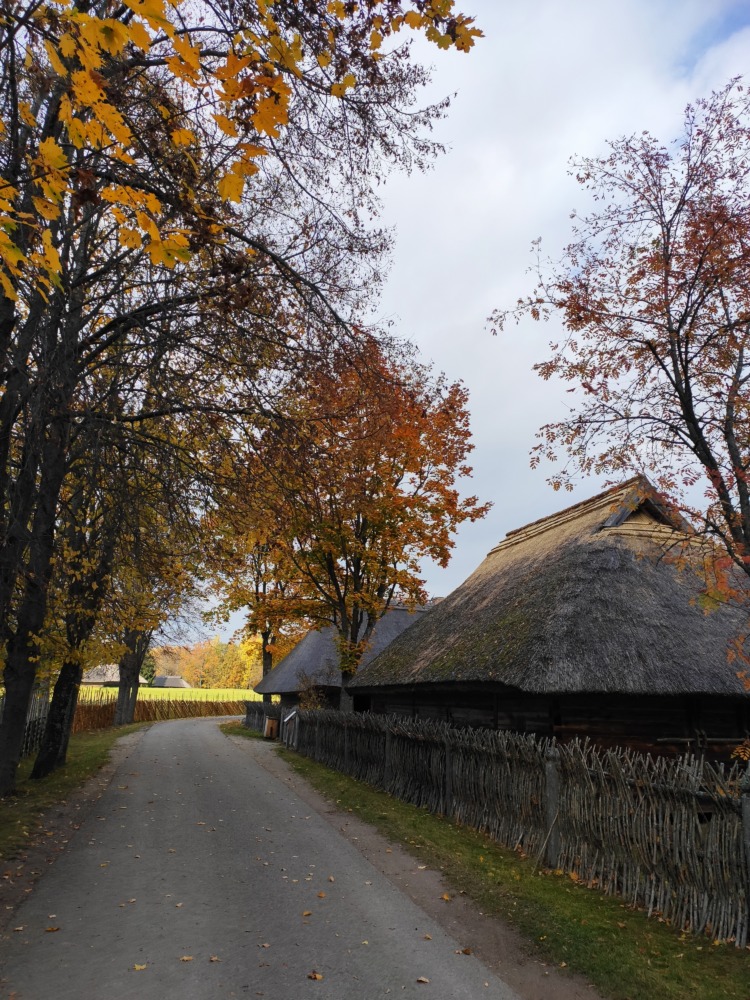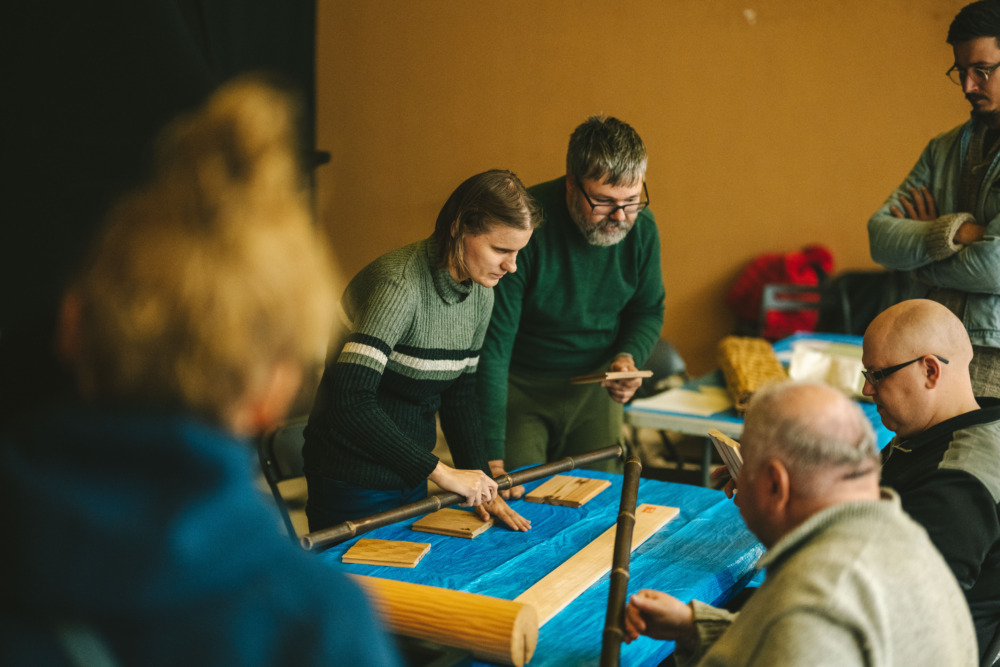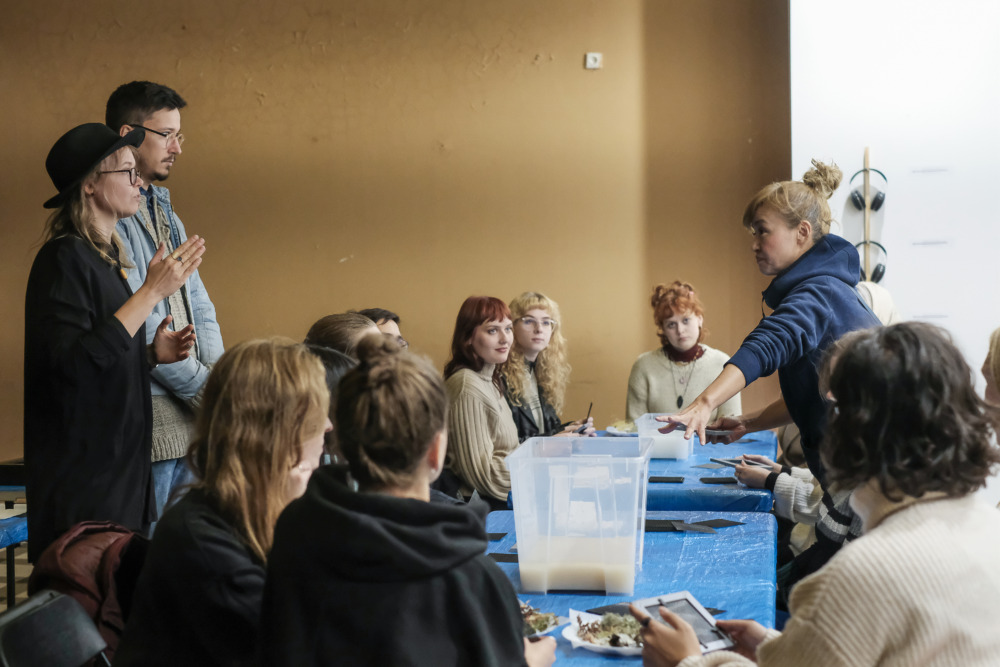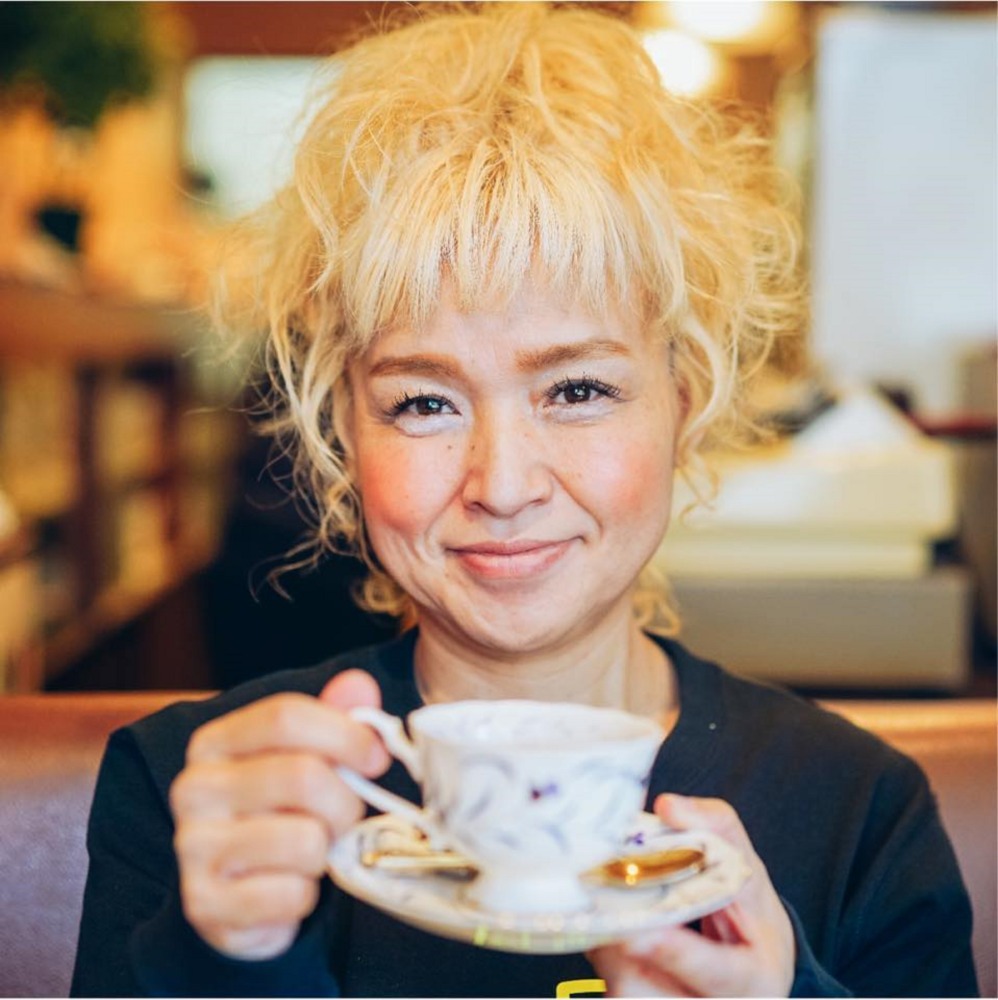Column
ColumnI feel that I have come to Lithuania by some sort of fate
I did some research before I arrived and got some visual information about Lithuania but it was difficult for me to set a conceptual plan and organize the information that I had gotten from my own research. As I could only obtain visual information from the internet, it was difficult to imagine what Lithuania and Japan were similar to or distinct from and to gain an understanding of a different city view and a unique history. I observed that traditional wooden architecture in both countries has a similar appearance, but a different structure. However, the best way for me to understand Lithuanian culture was by using all my senses, as the Japanese saying goes, “To see is to believe,” as I stayed here, interacted with the people, explored the countryside, and enjoyed Lithuanian food culture.

The vernacular architecture in both countries is visually very similar. Thatched roofs, symbolic gables, entrances that prevent cold from entering inside, and so on. The architecture also tells about the historical culture of both countries, where people love to experience nature and live together with it. The folk culture is also very similar, despite different religions. A paper decoration in front of the Christ altar inside Lithuanian houses looks a lot like the Japanese Shinto altar. Crosses tied with handmade cloth venerating Christ at the entrance of the village resemble the JIZO statue in Japan. Why were they so similar at a time when there were no means of communication? I feel it tells us that it took people more than 200,000 years to reach the lands that is now Lithuania and Japan and that the cultures that emerged in harmony with the climate were not so different.
The culture of enjoying nature with all five senses is strong in Lithuania and reminded me of similar practices that are often forgotten in Japan. Lithuanians love herbs, food, sauna, and many other things that stimulate the senses and remind them of the changing seasons. I felt that the culture of enjoying the five senses is more ingrained in daily life here than in Japan.
Of course, there are differences because we are adapted to the climates of our countries. Traditional Japanese wooden architecture is based on a basic module that includes remnants of the SHAKU (303 mm length) measuring method, and it also has to be durable enough to protect against natural disasters such as earthquakes and typhoons. In addition, the island nation of Japan had rarely been threatened with occupation by other countries. The country thus was able to mature a unique architectural culture. The culture of pillar worship, which originated in Shintoism, and the culture of “it is wise to read the context without many words” have greatly influenced architectural styles such as the MITATE method – a metaphor for comparing natural materials to other things in nature and combining them into a story. This is also reflected in the various materials I brought from Japan for this exhibition.
The most dissimilar is the Japanese house, which is built for summer. Lithuanian traditional houses were built for winter. The chimney-shaped room in the center was used for drying food and for heating the house with wood. In Japan, the kitchen is now at the center of the house. However, when you think back, the hearth was always at the center of the Japanese house as well. Therefore, it can be said that this culture is close to ours.
In Japan, the very humid climate has led to the construction of buildings on stilts, and to prevent rain from entering the house, the inside of the house is separated by a raised porch, and the phrase ‘coming up to the house’ also refers to the culture of cleaning off dirt, taking off shoes, and entering the house as a sacred place. This culture also has to do with enjoying materials with one’s feet.

Invisible & Similar, this exhibition about the hidden context in the common life in both countries, has collected the architectural materials and replicated contexts of both countries in collaboration with blind people to create a new spatial expression. Experiencing the exhibition space will connect the scenes of very similar memories between someone in Lithuania and someone in Japan.
Architecture is not just a box that competes functionally and visually, but an experiential museum without an expiration date that can create, preserve, and stock various heartwarming scenes to pass on to future generations. This can also be seen in the fact that Lithuanian cityscapes are perceived, renovated, and preserved to create identity.
Listening to the lecture on Lithuanian culture, I felt that the past occupations tried to replace the landscape and destroy the country’s identity. This occupation and destruction are still happening in some countries today after almost a quarter of the 21st century has passed. Meanwhile, users connect across national borders through the Internet, which was created for the convenience of people, and some of them live as nomadic travelers in the world. Although it is a new culture, it also seems to be a return to the past. With this in mind, and through this residency program that focuses on the cultural experience of both countries, I thought that we should consider the purpose of preserving traditional architecture as a tribute to the cultures that people have built in various places over the course of more than 200,000 years. I hope that the program will provide an opportunity to reflect on where we came from, who we are, and where we are going, and to explore the possibility of new solutions for world peace.

I am deeply grateful that this residency program has given me the opportunity to reflect on what I should be doing in this century as a Japanese architect/artist. My special thanks to Rasa, Justinas, and everyone in Lithuania who supported me.








